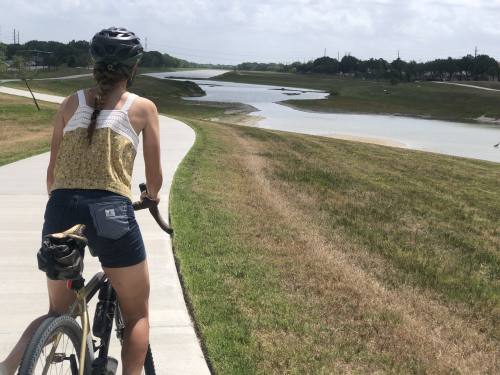Bastrop | Cedar Creek
City of Bastrop celebrates bird city accreditation with 9 new sculptures
Locations for nine new bird statues along Chestnut Street and in downtown Bastrop have been approved by City Council. A woodpecker along Chestnut Street in front of the Bastrop Convention and Exhibit Center, and a red-tailed hawk sculptures are among the nine planned sculptures.






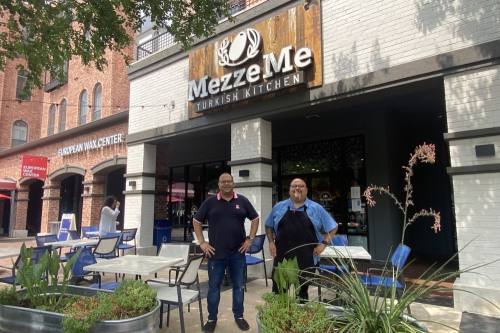

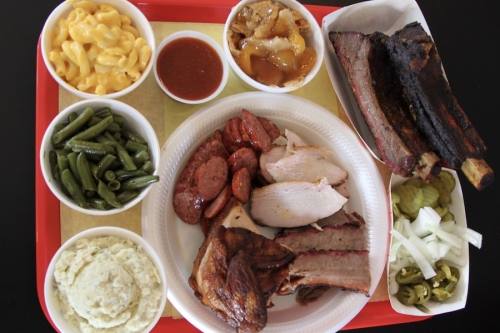
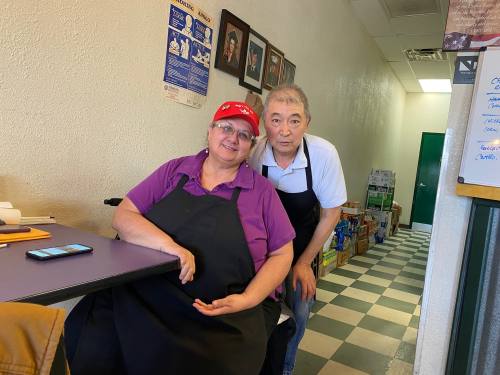





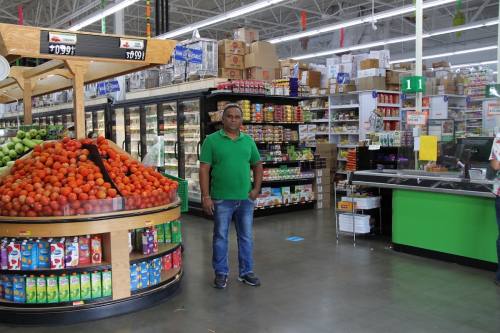



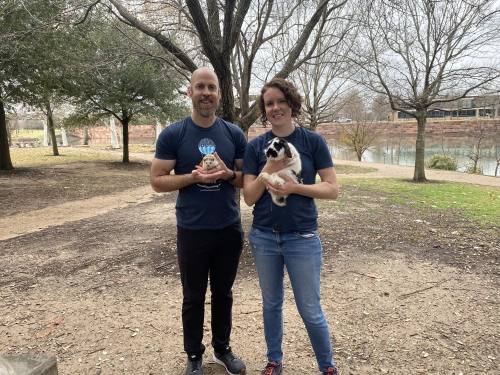
 Be the reader to
Be the reader to 